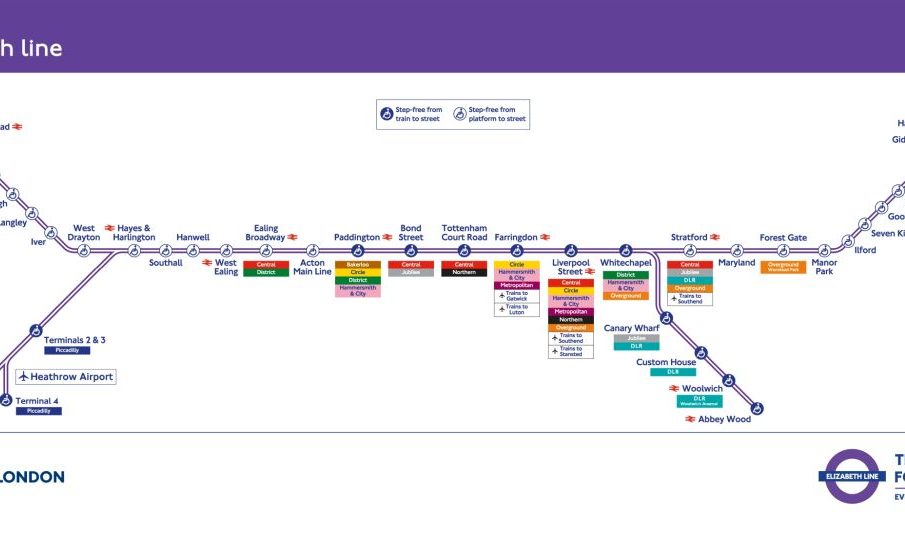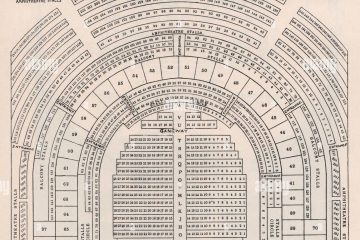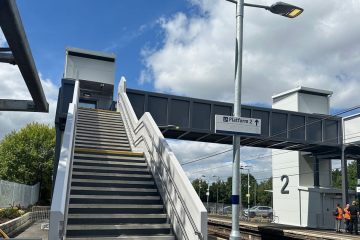Everything You Need to Know About the Elizabeth Line

Introduction
The Elizabeth Line, named after Queen Elizabeth II, is a significant addition to London’s extensive transport network. Officially opened in May 2022, this new railway line connects the east and west of London, aiming to enhance accessibility and reduce journey times across the capital.
Importance of the Elizabeth Line
The Elizabeth Line is crucial for improving transport links in London, serving as a solution to the city’s overcrowded public transport system. The line spans over 100 kilometres, running from Shenfield in the east to Heathrow Airport and Reading in the west. It has the potential to carry up to 200 million passengers annually, significantly easing congestion on central London rail services, particularly on the busy routes of the Great Eastern Main Line and the Paddington to Heathrow link.
Latest Developments
Since its opening, the Elizabeth Line has seen a robust uptake in passenger numbers, thanks to its integration with existing transport services. Notably, it connects with the London Underground, making transfers smooth for commuters. Recent figures indicate that usage has steadily risen, with around 70% of train services operating at or near capacity during peak hours. This success has prompted discussions about extending services further and adding additional trains to the timetable.
Moreover, the Elizabeth Line has positively impacted local economies along its route, with new shops and developments emerging in previously underserved areas. Local councils are keen to capitalise on the increased footfall and connectivity, promoting initiatives to develop the areas surrounding stations.
Challenges Ahead
However, the Elizabeth Line is not without challenges. Delays and disruption caused by maintenance and upgrades are ongoing concerns for regular commuters. Transport for London (TfL) has pledged to minimise disruptions, implementing a systematic schedule for necessary works to ensure reliability in services.
Conclusion
The Elizabeth Line stands as a testament to London’s commitment to improving public transport infrastructure. As passenger numbers continue to grow, the line is likely to play a vital role in shaping the future of travel across the capital. With ongoing developments and enhancements on the horizon, the Elizabeth Line not only simplifies commutes but also holds the potential to invigorate London’s economic landscape, making it an essential focus for both policymakers and commuters alike.









